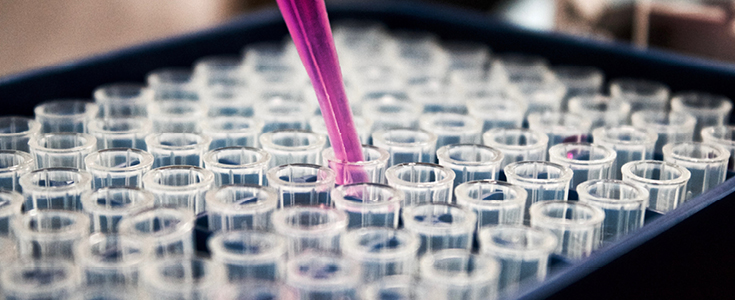Collaboration partners (alphabetical order)
Gianantonio Battistuzzi
Universitá di Modena e Reggio Emilia, Dipartimento Scienze Chimiche e Geologiche, Italy
Michael Davies
University of Copenhagen, Department of Biomedical Sciences, Denmark
Kristina Djinović-Carugo
Universität Wien, Max. F. Perutz Laboratories, Department of Structural and Computational Biology, Austria
Tony Kettle
University of Otago, Centre for Free Radical Research, New Zealand
Peter Nagy
National Institute of Oncology, Department of Molecular Immunology and Toxicology, Hungary
Chris Oostenbrink
University of Natural Resources and Life Sciences Vienna, Department of Material Sciences and Process Engineering, Austria
Giulietta Smulevich
Universitá di Firenze, Dipartimento di Chimica “Ugo Schiff”, Italy
Pierre van Antwerpen
Université Libre de Bruxelles, Department of Pharmacy, Belgium
Sabine van Doorslaer
University of Antwerp, Department of Physics, Belgium
Marcel Zamocky
Slovak Academy of Sciences, Institute of Molecular Biology, Slovakia

